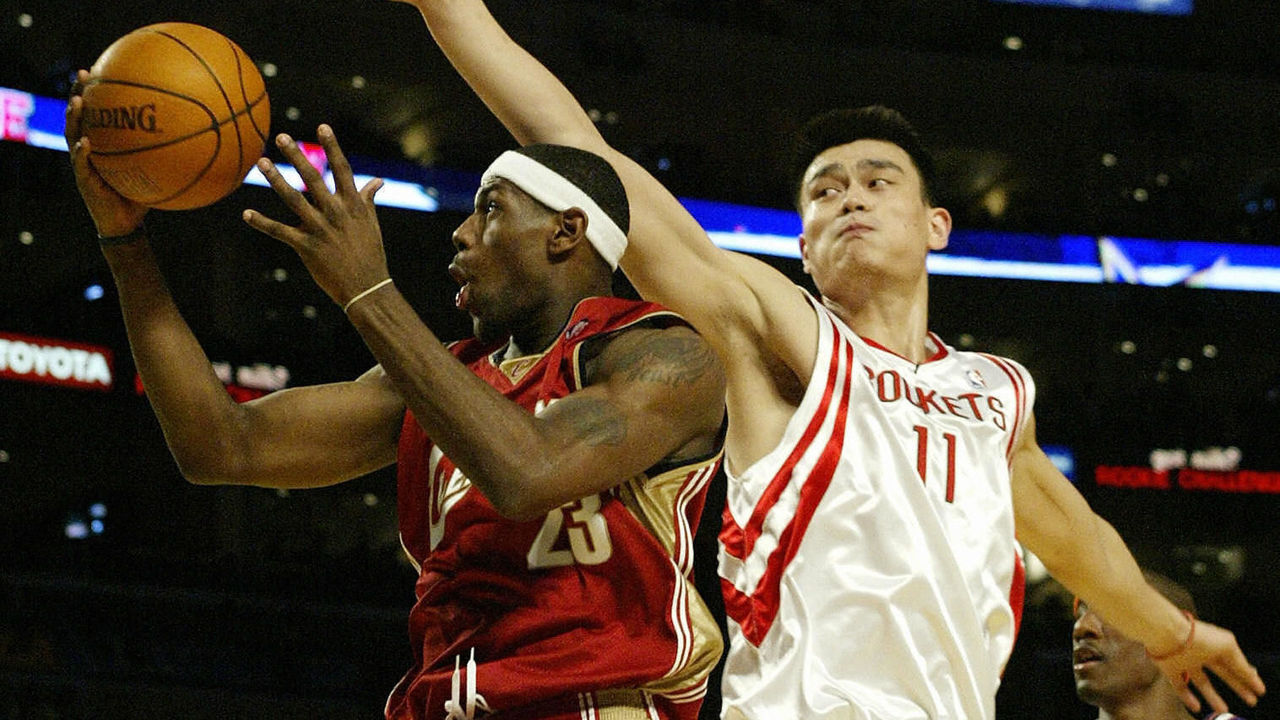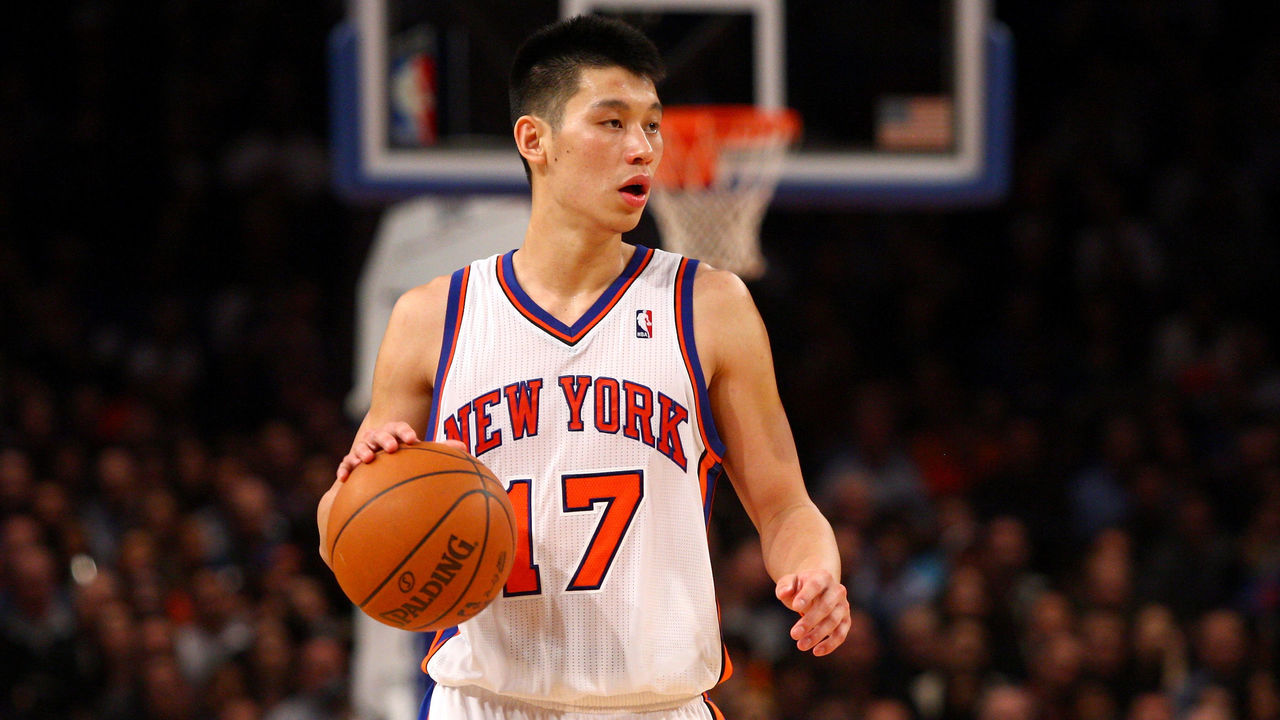Time's up for NBA's reliance on 'corrupt' NCAA
It feels like every day another NBA player or coach is speaking out against the ostensible corruption in college basketball.
In the wake of Yahoo Sports' story on the findings of an FBI investigation that exposed potential NCAA violations involving high-profile players and programs, Detroit Pistons head coach Stan Van Gundy called the NCAA "the worst organization in sports." Los Angeles Lakers guard Lonzo Ball said "everybody knows everybody's getting paid."
LeBron James, whose words carry as much weight as anyone's in the sport, labeled the organization "corrupt."
James didn't offer a solution for fixing the integrity of the college game, but he's not alone in believing an expanded and fortified G League could be a realistic alternative for high school players debating whether to enroll in college.

James didn't attend college, heading straight from high school to the NBA before the league installed the one-and-done rule in 2006. Non-international drafted players must now be at least 19 years old during the calendar year of the draft and be at least one year removed from the graduation of their high school class.
"Obviously, I've never been a part of it, so I don't know all the ins and outs about it," James said. "I do know what five-star athletes bring to a campus, both in basketball and football. I know how much these college coaches get paid. I know how much these colleges are gaining off these kids. ... I've always heard the narrative that they get a free education, but you guys are not bringing me on campus to get an education, you guys are bringing me on it to help you get to a Final Four or to a national championship, so it's just a weird thing."
If the college game's insidiousness wasn't evident enough, Michigan State star forward Miles Bridges recently donated $40 to a charity of his choice as a condition for reinstatement after it was determined his family had dinner with an agent without his knowledge. But that's only the tip of the iceberg in a billion-dollar industry being propped up by unpaid athletes.
It's time for commissioner Adam Silver and the NBA to step in after a decade-plus test run of the one-and-done blockade.
Qualified athletes should be allowed to enter the NBA draft pool from high school, in conjunction with an expanded effort to utilize the G League as a legitimate farm system.
Updated G League map of each franchise as we head into 2017-18 pic.twitter.com/PoKwmbQKUN
— Chris Reichert (@Chris_Reichert) August 9, 2017
And for those who choose to pursue and education while still playing ball, it's not as though the college option will disappear. NCAA basketball isn't driven by stars as much as it is affiliations and allegiances. It doesn't need future NBA superstars, per se - only rivalries. So Cinderella can keep dancing whether the best of the best are going to college or not. There's a big enough player pool to fill out a 30-team development league without draining the college game. What's more, players who are going to college simply to earn NBA draft eligibility - and in some cases picking schools based on financial incentives - shouldn't be there in the first place.
The G League is set up to be the ideal solution for players with an eye on an NBA career. Twenty-seven of the 30 NBA teams will have an affiliate when the 2018-19 season begins. And the Denver Nuggets, Portland Trail Blazers, and New Orleans Pelicans are at various stages of the expansion exploration process, ESPN's Bobby Marks reports.
The development league has already produced some high-caliber talent, helping NBAers like Miami Heat center Hassan Whiteside and Brooklyn Nets guard Jeremy Lin get noticed. Like its baseball counterparts, the G League should be a place where future stars can address weaknesses and showcase their talent in a professional setting.

Giving teenagers an opportunity to join the NBA and develop with G League affiliates, if necessary, would eliminate the reliance on the NCAA as a pseudo farm system. NBA clubs would also gain greater control and oversight in the development process of young prospects, who would, in turn, glean insight into the ethos of each organization.
The current pay scale for G League players is relatively low, which makes playing overseas an attractive option. The maximum salary for G Leaguers is $26,000 - not exactly ideal for anyone trying to make a career in basketball.
Players on two-way deals (two per NBA team) earn $75,000 guaranteed for time spent in the G League. Their pay for the portion of time spent in the NBA (no more than 45 days from the start of the season) would approximately be $200,000 - prorated based on days spent in ratio with the league's rookie minimum-scale contract. It's not the NBA minimum - more than $800,000 - but it's a start.
It's logical to assume an influx of star talent would increase marketability and revenue potential for the G League. More money for the league means more money for the players.
With that said, none of this necessarily cures what ails the NCAA, but it does remove many future NBA stars from the equation. It's long overdue, but the NBA should swiftly untether itself from the ugliness and hypocrisy of one-and-done and college basketball's under-the-table dealings.
(Photo courtesy: Getty)